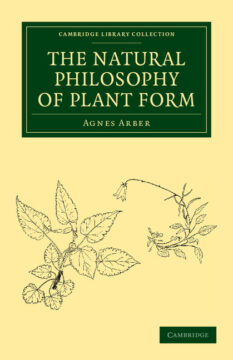Stella Sanford at Aeon Magazine:
 It was once common, in Western societies at least, to think of plants as the passive, inert background to animal life, or as mere animal fodder. Plants could be fascinating in their own right, of course, but they lacked much of what made animals and humans interesting, such as agency, intelligence, cognition, intention, consciousness, decision-making, self-identification, sociality and altruism. However, groundbreaking developments in the plant sciences since the end of the previous century have blown that view out of the water. We are just beginning to glimpse the extraordinary complexity and subtlety of plants’ relations with their environment, with each other and with other living beings. We owe these radical developments in our understanding of plants to one area of study in particular: the study of plant behaviour.
It was once common, in Western societies at least, to think of plants as the passive, inert background to animal life, or as mere animal fodder. Plants could be fascinating in their own right, of course, but they lacked much of what made animals and humans interesting, such as agency, intelligence, cognition, intention, consciousness, decision-making, self-identification, sociality and altruism. However, groundbreaking developments in the plant sciences since the end of the previous century have blown that view out of the water. We are just beginning to glimpse the extraordinary complexity and subtlety of plants’ relations with their environment, with each other and with other living beings. We owe these radical developments in our understanding of plants to one area of study in particular: the study of plant behaviour.
The idea of ‘plant behaviour’ may seem odd, given the association of the word ‘behaviour’ with animals, including humans. When we think of classic animal behaviours – dancing honeybees, dogs wagging their tails, primates grooming each other – we may wonder what there could possibly be in plant life corresponding to this.
more here.
Enjoying the content on 3QD? Help keep us going by donating now.
